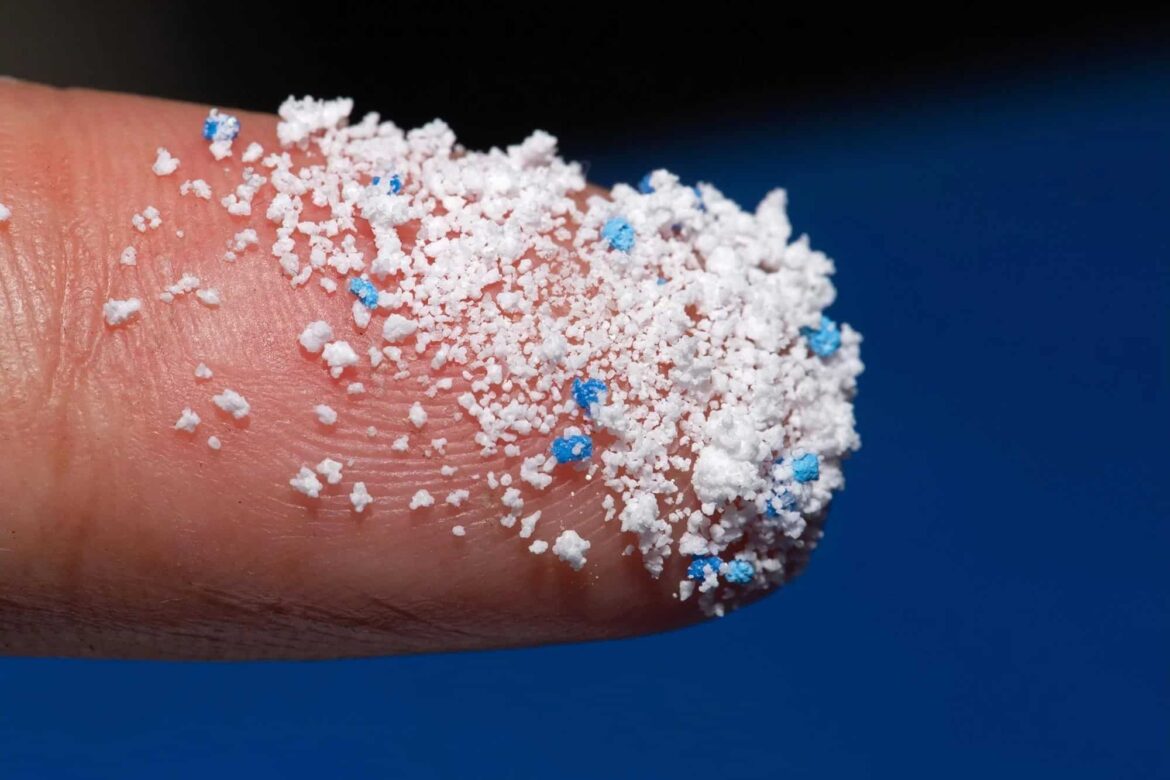What are microplastics? These are tiny plastic particles that are created through various processes and end up in our environment. Learn more about the causes, effects on humans and nature, and possible measures to reduce microplastics.
What are microplastics?
Microplastics is a term that has been cropping up more and more frequently in discussions about environmental protection and sustainability in recent years. But what exactly are microplastics and why are they a problem?
- Microplastics are plastic particles that are smaller than 5 millimeters. These particles are either created when larger plastic objects break down or are intentionally manufactured for use in products.
- Primary microplastics are produced directly in small particles, such as the beads found in cosmetic products or pellets used as raw materials for plastic production.
- Secondary microplastics are created when larger plastic items break down, for example through exposure to sunlight, abrasion, or mechanical fragmentation. This often happens in the environment when plastic bags, bottles, or fishing nets disintegrate.
- The main sources of microplastics are everyday products and processes. These include abrasion from car tires, washing synthetic clothing, and the use of plastic granules in agriculture.
What impact do microplastics have on the environment?
The presence of microplastics in our environment poses numerous dangers. The oceans and other bodies of water are particularly affected, but microplastics also have a significant impact on land.
- In the oceans, microplastics enter the food chain. Marine animals such as fish and shellfish mistake plastic for food, which can lead to health problems and reduced reproduction rates.
- Plastic pollution affects water quality by attracting and binding pollutants. These toxins can accumulate in the food chain and thus also pose a risk to humans.
- Soils are also affected. Microplastics can alter soil structure and thus impair nutrient uptake by plants. This has a negative impact on agricultural yields.
- Birds that ingest microplastics often suffer from digestive problems and a false feeling of satiety, which can lead to malnutrition and death in the long term.
How does microplastic affect humans?
Microplastic not only has an impact on the environment, but also on human health. Various studies have begun to investigate the potential risks in more detail.
- Humans ingest microplastic mainly through food and drinking water. In some cases, particles have even been found in the air we breathe.
- There are health concerns regarding the toxicity of microplastics. Plastics often contain additives or pollutants that can be harmful to health when ingested.
- There is a real risk that microplastics could cause inflammation or toxic reactions in human tissue. However, many questions remain unanswered due to a lack of comprehensive long-term studies.
- Cultural practices such as eating seafood increase exposure to microplastics. Societies that are heavily dependent on marine food sources are particularly affected.
What measures can help combat microplastics?
Given the far-reaching problems caused by microplastics, the question arises as to what measures can be taken to prevent their spread and mitigate their impact.
- Consumers can reduce their plastic consumption by using reusable alternatives and looking for products without microplastics, such as natural cosmetics.
- Government regulations play a crucial role. Some countries have already banned certain microplastic products, such as those found in cosmetics and exfoliating products.
- Innovative wastewater treatment technologies can filter out microplastics more effectively. This prevents these particles from entering rivers and oceans.
- Education and awareness are essential to raise awareness of the issue. Campaigns and educational programs can help trigger sustainable behavioral changes.

